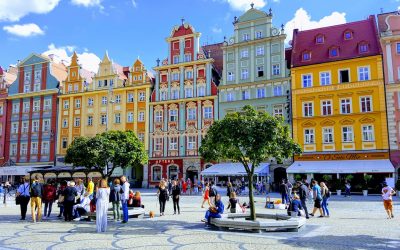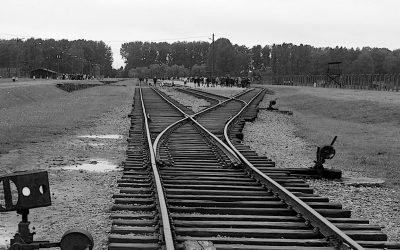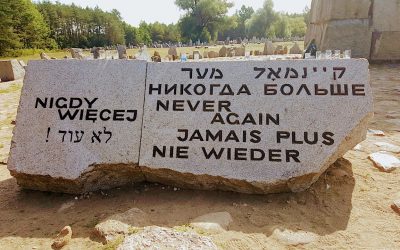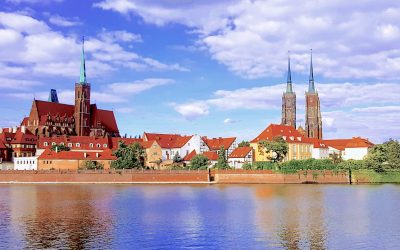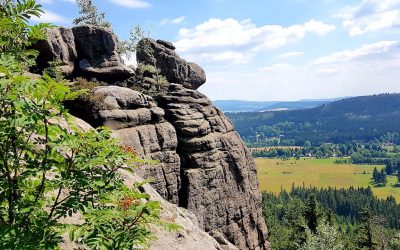Poland's depth and character unfold the longer you stay; each week grabbing hold of your heart just a little bit more. In Part 1 of our...
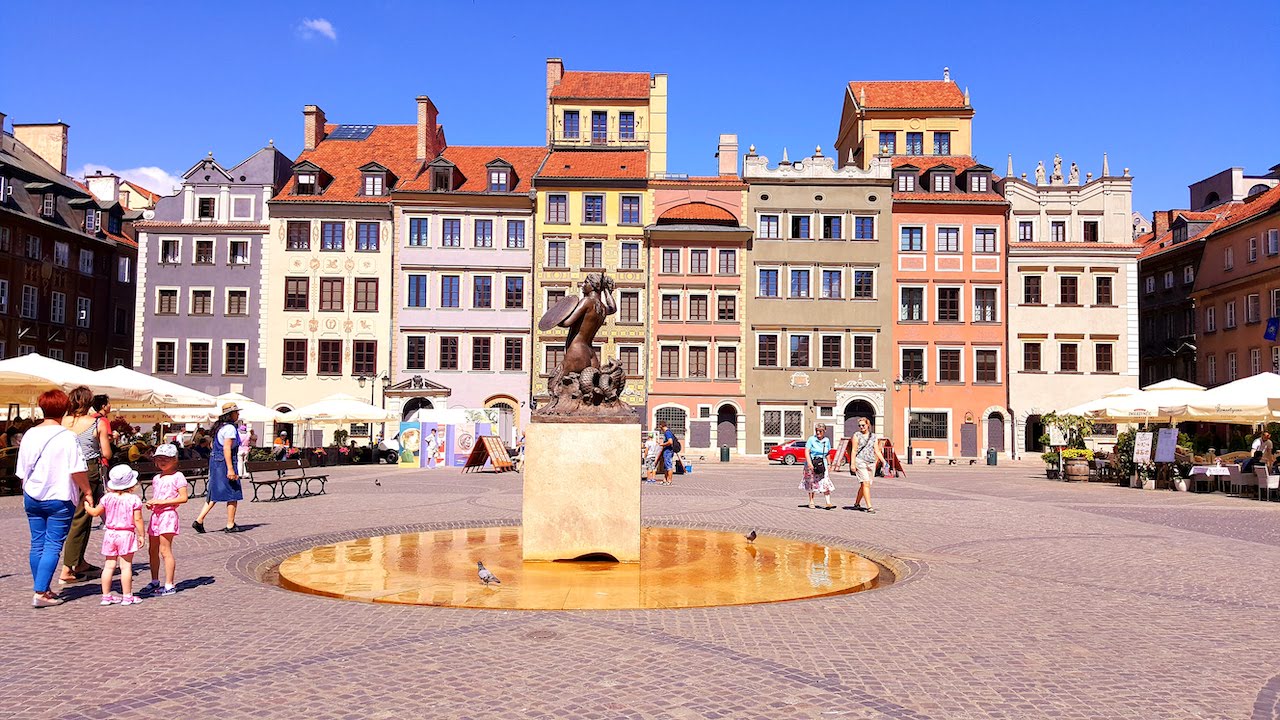
Poland
Poland
Poland was a spiritual experience during our seven week trip in 2018. We fell in love with the country and its people. It humbled us beyond belief. There are deep scars from the War yet a vibrancy about their recovery, Poland is a delight to tour. It is not about tourism, it is about exploration and a profound understanding about a place and how its identity has been shaped. Our blogs, we hope reflect Poland’s impact, as will our Youtube videos. Of course if you would like to read more, then we have a free eBook to offer you.
Krakow City-break itinerary
Kraków, capital of Poland's southern-most region Małopolska, is so much more than a city; it's a diverse experience that will take you to...
Auschwitz Prisoner of War Camp
On a grey day in July the blanket of cloud seemed somehow appropriate for our visit to Birkenau and Auschwitz. What is it...
Visiting Poland in a Motorhome
Poland, we had you in our sights the minute we crossed The Channel on 23 May 2018. You were our destination for a tour that would take us...
Visiting the War Camp at Treblinka
Treblinka, a seemingly lost world, hidden in the forest, out of sight although never out of mind for Poland's World War 2...
Wrocław City-break visit
Wrocław, may well be Poland's fourth largest city and capital of the south west region of Silesia, although this seems not to...
Stołowe National Park Poland
Stołowe National Park is a hidden gem, tucked away in the south west corner of Poland on the border with Czech Republic. And you could be...
Follow us
You can find us on social media,
different channels for different content.

